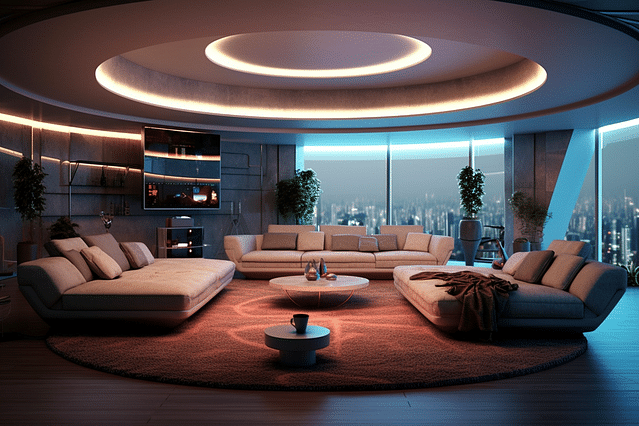
Cubical Home Automation: Transforming Your Living Space with Smart Devices
As the world evolves, so does technology, and it is no surprise that it has found its way into our homes. Smart homes are becoming more common, and the idea of having all devices connected and working together is no longer a pipe dream. One of the most popular home automation trends today is cubical home automation.
Cubical home automation is a smart home system that controls all the devices in your home from a central hub placed in a single room. Devices like thermostats, lights, locks, and entertainment systems are all connected, which makes it easier for you to control your home using your smartphone, tablet, or voice assistants such as Amazon Alexa or Google Assistant.
But why is cubical home automation so popular? Here are a few reasons:
1. Convenience
Cubical home automation is extremely convenient. With all your devices interconnected, you can control your home from one location, which simplifies your life. You don't have to move from one room to the other to adjust devices like the thermostat or lights, or even to lock your front door. Instead, you can control everything from your smartphone app, making your life more efficient and stress-free.
2. Security
Home security is a concern for many homeowners. With cubical home automation, you can easily monitor your home security from one central hub. You can receive notifications when your security system goes off, view live feeds of your cameras, and even remotely lock or unlock your doors. This significantly increases your home's security, making it less likely for anyone to break into your home.
3. Cost Savings
Cubical home automation can also save you money on your energy bills. With smart thermostats, you can easily control the temperature in your home, which means you can regulate your heating and cooling more efficiently, reducing energy waste and ultimately saving money. You can also set up smart lighting systems to turn off when you leave the room, further reducing your energy bills.
4. Increased Home Value
Finally, cubical home automation increases the value of your home. Smart homes are in high demand, and having a cubical home automation system installed can significantly increase the value of your home when it comes time to sell. Homebuyers are looking for homes that are efficient, secure, and convenient, and a cubical home automation system ticks all those boxes.
So, what are the best cubical home automation systems on the market? Here are some of the most popular:
- Samsung SmartThings: Samsung SmartThings is one of the best cubical home automation systems available. It is compatible with a wide range of devices, making it easy for you to control all your devices from one central hub.
- Amazon Echo Plus: This is a popular smart speaker that comes with Alexa, Amazon's virtual assistant. It can connect to a wide range of devices, making it easy for you to control different devices simultaneously.
- Google Nest Hub: The Google Nest hub is a smart speaker with a touch screen display that can be used to control different devices in your home. It's compatible with a wide range of devices, and it also comes with Google Assistant.
In conclusion, cubical home automation is a game-changer in the home automation sphere. It simplifies your life, makes your home more secure, saves you money, and increases your home's value. If you're considering home automation, a cubical system is definitely worth considering.
Posted on: May 2, 2022 Last updated at: May 4, 2023